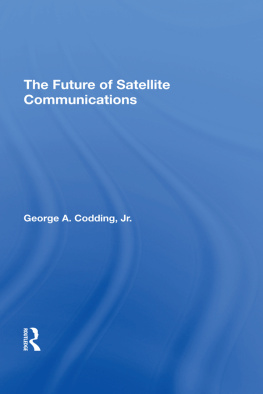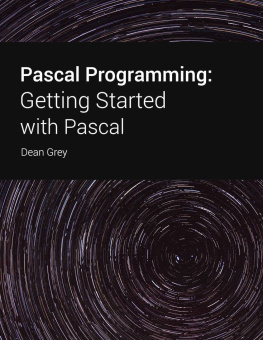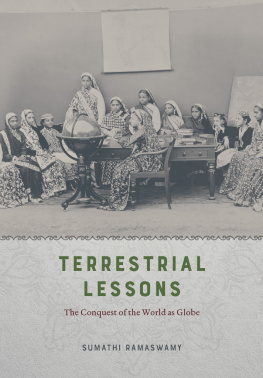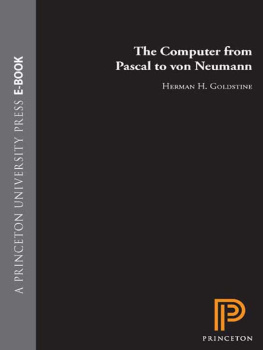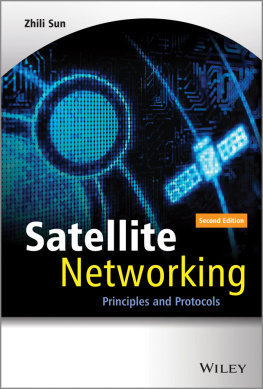Table of Contents
List of Table
- 3: Quality of Service in Dvb-S/Rcs Satellite Networks
- 4: Integration of Satellites Into IMS QoS Architecture
- 5: Inter-System Mobility
- 6: The Transport Layer in Hybrid Networks
List of Illustrations
- 1: Satellite and Terrestrial Hybrid Networks
- 2: Quality of Service on Nextgeneration Terrestrial Networks
- 3: Quality of Service in Dvb-S/Rcs Satellite Networks
- 4: Integration of Satellites Into IMS QoS Architecture
- 5: Inter-System Mobility
- 6: The Transport Layer in Hybrid Networks
Guide
Pages
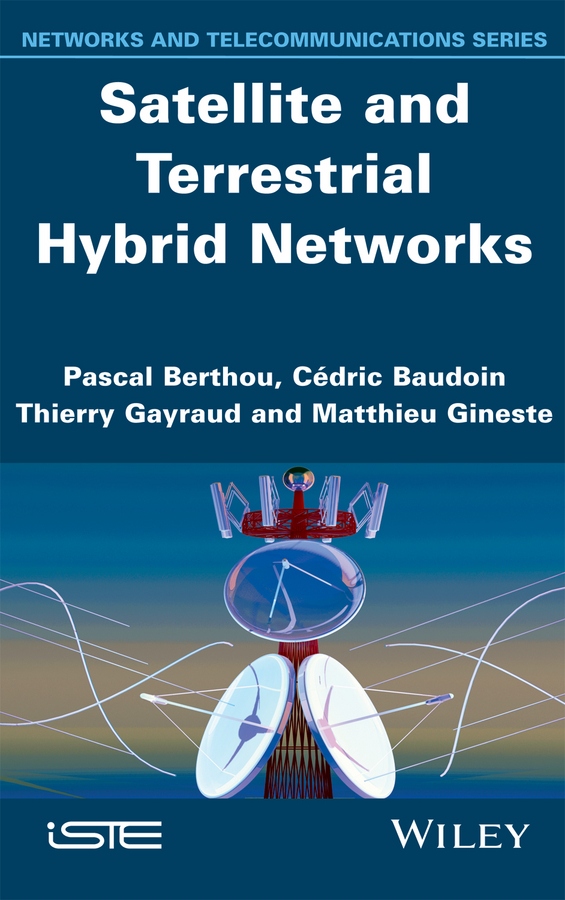
Satellite and Terrestrial Hybrid Networks
Pascal Berthou
Cdric Baudoin
Thierry Gayraud
Matthieu Gineste
Michel Diaz
First published 2015 in Great Britain and the United States by ISTE Ltd and John Wiley & Sons, Inc.
Apart from any fair dealing for the purposes of research or private study, or criticism or review, as permitted under the Copyright, Designs and Patents Act 1988, this publication may only be reproduced, stored or transmitted, in any form or by any means, with the prior permission in writing of the publishers, or in the case of reprographic reproduction in accordance with the terms and licenses issued by the CLA. Enquiries concerning reproduction outside these terms should be sent to the publishers at the undermentioned address:
ISTE Ltd
27-37 St Georges Road
London SW19 4EU
UK
www.iste.co.uk
John Wiley & Sons, Inc.
111 River Street
Hoboken, NJ 07030
USA
www.wiley.com
ISTE Ltd 2015
The rights of Pascal Berthou, Michel Diaz, Thierry Gayraud and Cdric Baudoin to be identified as the authors of this work have been asserted by them in accordance with the Copyright, Designs and Patents Act 1988.
Library of Congress Control Number: 2015944962
British Library Cataloguing-in-Publication Data
A CIP record for this book is available from the British Library
ISBN 978-1-84821-541-2
Acknowledgments
This book is the outcome of a collaboration between researchers and engineers working in the field of satellite telecommunications. Many of the works cited in the book come from research projects funded by the European Union (SATIP6 and SatSix projects), by the French government through the AESE competitiveness cluster (Ourses project), as well as several studies funded by the National Center for Space Studies (CNES), all of whom I would like to thank for their support. Four theses have been supported during the writing of this book and have made significant contributions to it.
Contributions to this book
- Chapter 1:
- Patrick Glard (CNES)
- Emmanuel Dubois (CNES)
- Chapters 2 and 3:
- Olivier Alphand (INP-Ensimag)
- Chapters 4 and 5:
- Cdric Baudoin (Thales)
- Frdric Nivor (Thesis)
- Baptiste Jacquemin (Thesis)
- Chapter 6:
- Fabrice Planchou (Airbus Defense and Space)
- Ihsane Tou (Algerian Space Agency)
- Lionel Bertaux (Thesis)
Many thanks to them,
Pascal BERTHOU
Foreword
Once the concept of integrated service appeared with integrated services digital networks (ISDN), the growing adoption of Internet-based technologies into our daily lives has given rise to the concept of convergence. This is the idea of the progressive merging of information technology, telecommunications and audiovisual technologies into a new and continuously more integrated industry, making the access to the information system more intuitive and easy to use.
Indeed, it appears that the emergence of the digitization and bundling of information was the driving force behind various types of convergence. These range from different uses to diversified points of access, channeling services and networks towards a virtualization of physical infrastructures. Today, digital information flows exchanged via telecommunication infrastructures have become such that it is no longer possible to distinguish an exchange of digital information from a telephone conversation or a message containing audiovisual multimedia content.
This shockwave, which continues to increase the flexibility of the various layers of the information and communication systems, inevitably leads to changes in the structure of economic models, causing significant alterations in the value chain between telecommunications, audiovisual and information industries.
The world of satellite communications has not been spared the effects of this upheaval, and to respond to these changes, stakeholders in the satcom sector have been examining the interconnection of satellite radio communications with new information and communication technologies. This is the subject which this book will address, providing a highly didactic study of the various technical challenges involved in achieving the most transparent integration possible on the different fronts of fixed, mobile and broadcast services with satellite positioning as a core network as well as an access and local network.
The infrastructure for satellite telecommunication has needed to evolve in order to carry various types of traffic and be compatible with frequently updated service offers in an increasingly competitive context. Obviously, the aspect of telecommunication regarding the quality of service looking to offer users the best quality of experience occupies a special place in this book, and is accompanied by the various technical obstacles to overcome. These include the impacts on the processes for transporting information and communication to mobiles or the new generation of satellite access and diffusion architecture.
This book clearly highlights the various essential aspects to connect satellite communications with the system of new generation terrestrial networks. It provides a detailed insight of a wide range of problems raised by this quest for integration and in doing so represents a unique source of information for those who need to understand the technical challenges which satellite communication networks need to overcome.
The authors, all members of the Internet generation, have spent years actively contributing, through their research, to producing solutions to these technical problems which have influenced the development of the technologies they describe.
Patrick GLARD
July 2015
List of Acronyms
| 2G | second generation (GPRS and EDGE) |
| 3G | third generation (UMTS, HSDPA, HSDPA+ and LTE) |
| 3GPP | third generation partnership project |
| 4G | fourth generation (LTE-advanced) |
| AAA | authentication, authorization and accounting |
| ACK | acknowledgement |
| ACM | adaptive coding modulation |
| ACQ | (DVB-RCS) acquisition |
| ADSL | asymmetric digital subscriber line |
| AF | assured forwarding |
| AF | (IMS) application function |
| ANI | application-to-network interface |
| AP | access point |
| API | application programming interface |
| AR | access router |
| ARC | active resource controller |



